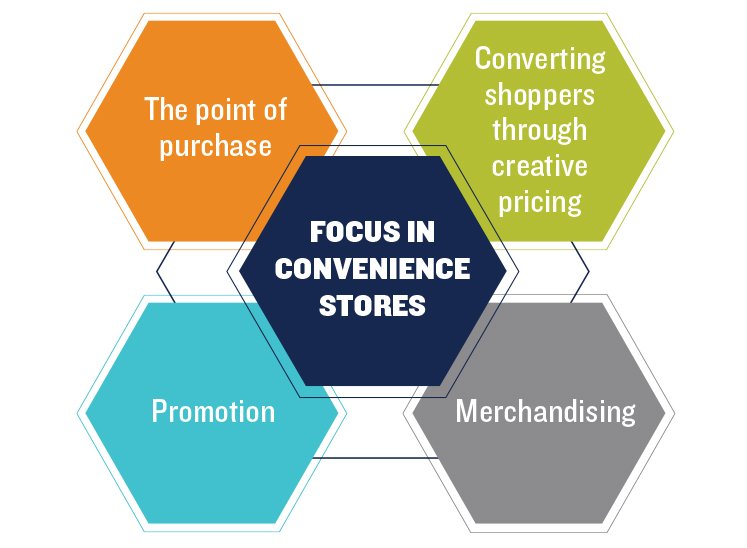
Recently, a client pointed us to a Forbes article that has a lot of merit: “Overcoming the Pitfalls That Keep Brands from Growing in Developing Asia.”
Published in early 2017 by Bain Insights, this article focuses on why Asia’s developing markets offer the greatest potential for multinational FMCG firms, yet too many of them are failing to gain a foothold and capture this incredible growth opportunity. There are a significant number of parallels to what we regularly find when applying our shopper response analytics to this region.
The team at Bain highlights the significance of many smaller stores preferred by Asians versus the traditional large format stores prevalent in the West. This means a whole different approach to assortment, pricing, and merchandising from both a strategic and tactical standpoint. Middlegame regularly argues this plan. Bain calls this “sailing with outdated maps.”Manufacturers fail to properly understand the true competitive set when they revert to a telephoto view of the brand instead of a shopper’s wide-angle perspective. This tends to box the brand into traditional category definitions that are more appropriate to hypermarkets—and the occasions those shopping events represent—as opposed to convenience stores where most Asians interact with FMCG brands.
Limited shelf-space means that the lure of the new and different (an attractive concept to marketers in the West) is a hindrance instead of an advantage. In agreement with Middlegame, Bain explains that too much complexity reduces the focus on core SKUs. We see this repeatedly in markets across the globe in both the choice of merchandised items as well as those offered in distribution. However, Asia is the most apparent. The Middlegame website highlights a case study in Indonesia that shows how reducing the active SKU count by -66.4 percent would only decrease volume sales by -1.3 percent while also increasing retailer value sales by +2.5 percent. Any innovation should clearly be aligned with a recruitment, frequency, upsize, or upscale role as we explained in an earlier blog. Otherwise, the risk is not fully vetted. These store types also mean that the first moment of truth (FMOT) is dramatically different. It also signifies that attention needs to concentrate on different metrics. The focus in convenience stores can be summed up as:

The same is not necessarily true for traditional trade. The key to maximizing distribution is in understanding that influencing shoppers is important, but it’s not everything. The true buy-in is associated with the distribution network and the shopkeepers. More than ever, opportunities need to clearly present the win-win scenario that we always talk about. These are different from typical market basket size incentives and cross-selling opportunity goals that dominate retailer negotiations in the West. The Bain Insights team has a lot of great information to offer. This article also looks at a few other concepts that we discuss at Middlegame, but doesn’t always directly address it. Therefore it’s worthwhile to review the additional pitfalls that they highlight. I also recommend taking some time to regularly flip through the different content for FMCG marketers on their website.
Middlegame is the only ROMI consultancy of its kind that offers a holistic view of the implications of resource allocation and investment in the marketplace. Our approach to scenario-planning differs from other marketing analytics providers by addressing the anticipated outcome for every SKU (your portfolio and your competitors’) in every channel. Similar to the pieces in chess, each stakeholder can now evaluate the trade-offs of potential choices and collectively apply them to create win-win results.
